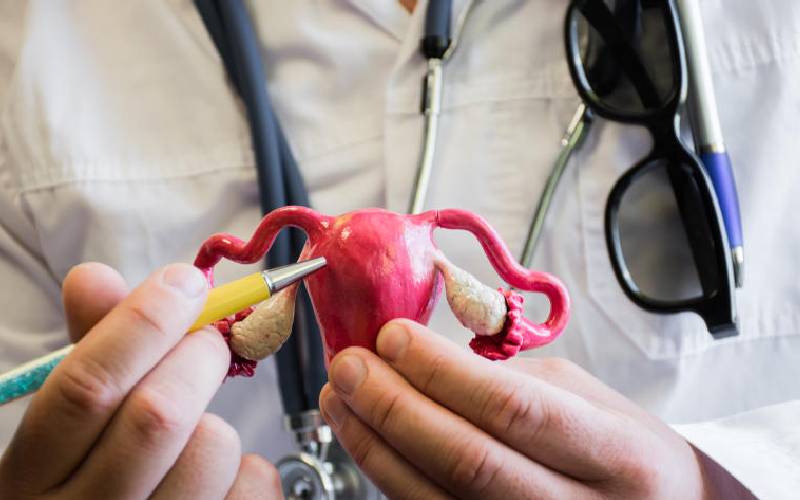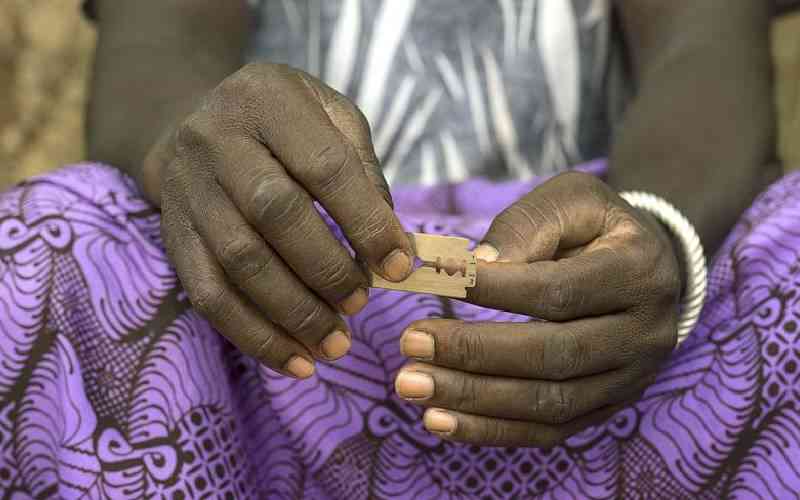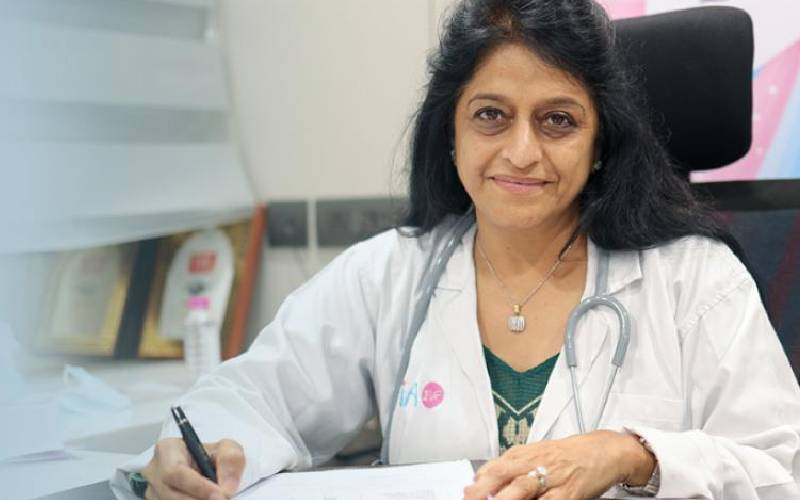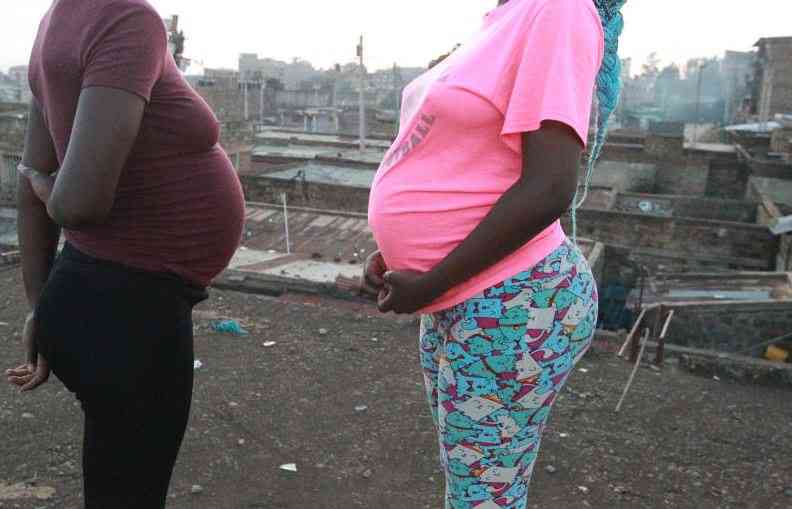
The average Kenyan family has 3.65 children, data by the United Nations Population Fund shows. The perishable nature of sperms and eggs has driven mind-blowing advances in medical science. It is currently very possible to safeguard a person’s current fertility by freezing sperms, eggs and embryos. This enables couples to get biological children in future without compromising the health of their offspring. It is becoming increasingly elusive and frustrating for modern couples to have children. Working women are postponing childbearing and the sperm quality in relatively young men is decreasing due to lifestyle changes. Couples are moving towards beating the odds of infertility by employing game-changing medical techniques to preserve their fertility.
Why would you consider fertility preservation?
· You can preserve your eggs, sperms or embryos when medical issues and their treatment methods threaten to cause damage to the reproductive organs. Cancers of the reproductive organs, uterine fibroids and endometriosis may interfere with one’s ability to have children. Treatment for such conditions, including surgery, chemotherapy and radiotherapy may have long-lasting effects on fertility. Since early diagnosis and medical advances in cancer treatment continue to demonstrate that there is life after cancer, these frozen units of life can be thawed to bring forth a healthy bundle of joy.
· If your desire is to delay motherhood or fatherhood until you attain considerable career success and financial stability, you may opt to freeze your eggs/sperms in your prime years. The sperm of a 25-year-old may have more vitality compared to the sperm of a 55-year-old. The sperm from a 75-year-old may have undergone several mutations that can be passed on to an offspring. The healthier and less mutations a sperm carries, the higher the chances of a healthier baby. Women suffer a sharper decline in fertility after the age of 35. The quality of eggs produced past this age diminishes. Chances of having a baby declines as a woman approaches menopause, with nil possibilities after.
· Family history of early menopause, chromosomal abnormalities, and autoimmune diseases such as lupus limit chances of fertility.
· A man may want to undergo vasectomy, but due to its irreversible nature, he may consider banking his sperm as a backup plan to allow him to have a biological child in future.
· Other reasons include occupational exposure to toxic chemicals, high-risk sports, erectile dysfunction due to diabetes, and partner physical distance for scheduled assisted reproductive treatment.
How is it done?
Sperm preservation
According to Fertility Point IVF Centre, Kenya, sperm is collected surgically or through ejaculation. It is then analysed for quality and screened for diseases such HIV and hepatitis. Sperm cells are preserved in liquid nitrogen at -1960 for decades without destabilising. Preserved sperm can be thawed to be utilised in fertility procedures such as in-vitro fertilisation or intrauterine insemination.
Egg preservation
Women who want to preserve their eggs have to undergo hormonal therapy to stimulate the ovary to produce mature eggs. Through a vaginal procedure, the eggs and surrounding fluid are retrieved and preserved in stable condition for storage. Screening diseases is also done. Fertility experts advise that approximately 10 to 15 mature eggs should be preserved to increase chances of pregnancy success in future. Due to age related ovarian challenges, women over 45 years of age may not be suitable candidates for egg preservation.
Embryo preservation
The embryo is simply a fertilised egg. It is the portion of life that begins right after fertilisation. Embryos are frozen until the time is ripe for implantation. Couples with frozen embryos do not have to undergo hormonal therapy for ovary stimulation when they want to have another baby.
Stay informed. Subscribe to our newsletter
Issues to consider
Fertility preservation should ideally be limited to restoring of furthering health and not to cater to personal preferences in couples without underlying reproductive health issues.
· Personal reservations
Cultural and religious beliefs drastically differ across the world. Due to religious and personal beliefs, embryo preservation may not be an option for some. Many of us base our decision making on the foundation on spirituality. Since embryos are already a form of life, one may ask, “What happens to the other preserved embryos when a couple achieves their desired number of children?” Some religions are open to assisted reproductive technology provided that no spermatozoa is wasted. Others offer moral guidance but the decision solely rests on the concerned couple. Ultimately, there is no “one-rule-fits-all” where fertility preservation and religious ideologies are concerned. With the Reproductive Health Bill making headlines in Kenya, couples seeking to preserve their fertility need professional counselling on the overall implications of their decisions.
· Posthumous reproduction
Since one of the reasons why couples opt for fertility preservation is to allow treatment and management of serious diseases, there are chances that one or both partners may die prior to utilisation of preserved sperms, eggs or embryos.
· Associated risks
Late parenthood has its own share of risky repercussions. If surrogacy is considered, there are challenges concerning surrogacy in Kenya. For instance, former Taita Taveta Woman Representative Joyce Lay has been open about her struggles to adopt her own baby after she got a chance at motherhood through surrogacy. Since surrogacy is not recognised in Kenya, the documentation of a newborn is notified with the surrogate’s name. The genetic parent has to go through the long process of adoption to claim the child as hers. Additionally, there are annual costs for preservation depending on where you seek fertility services.
In-vitro oocyte maturation
Research is ongoing on a technique that involves the maturation of eggs in the laboratory without hormonal stimulation in the patient. Immature eggs will be retrieved from the patient without subjecting them to hormonal therapy to influence the maturation of eggs. This technique is aimed at avoiding health implications of ovary stimulation on women suffering from estrogen-sensitive diseases such as breast cancer.
 The Standard Group Plc is a
multi-media organization with investments in media platforms spanning newspaper
print operations, television, radio broadcasting, digital and online services. The
Standard Group is recognized as a leading multi-media house in Kenya with a key
influence in matters of national and international interest.
The Standard Group Plc is a
multi-media organization with investments in media platforms spanning newspaper
print operations, television, radio broadcasting, digital and online services. The
Standard Group is recognized as a leading multi-media house in Kenya with a key
influence in matters of national and international interest.
 The Standard Group Plc is a
multi-media organization with investments in media platforms spanning newspaper
print operations, television, radio broadcasting, digital and online services. The
Standard Group is recognized as a leading multi-media house in Kenya with a key
influence in matters of national and international interest.
The Standard Group Plc is a
multi-media organization with investments in media platforms spanning newspaper
print operations, television, radio broadcasting, digital and online services. The
Standard Group is recognized as a leading multi-media house in Kenya with a key
influence in matters of national and international interest.






